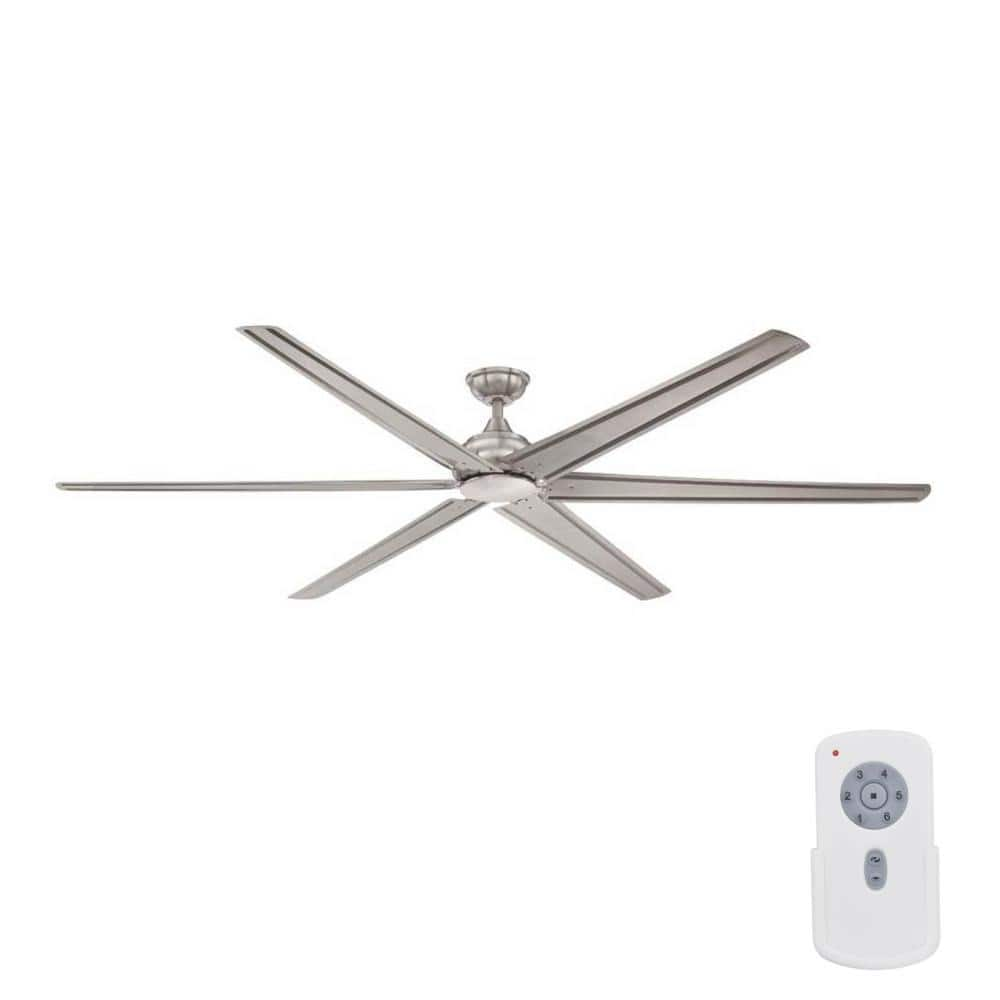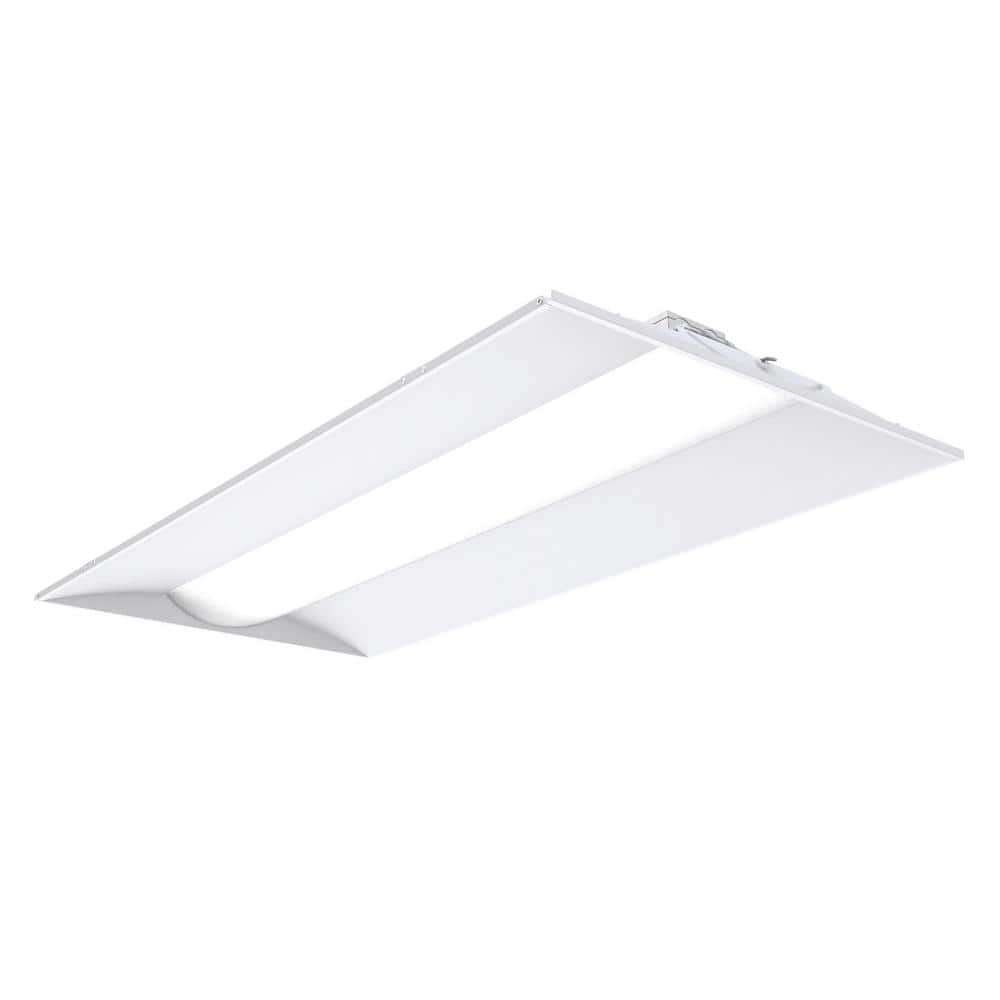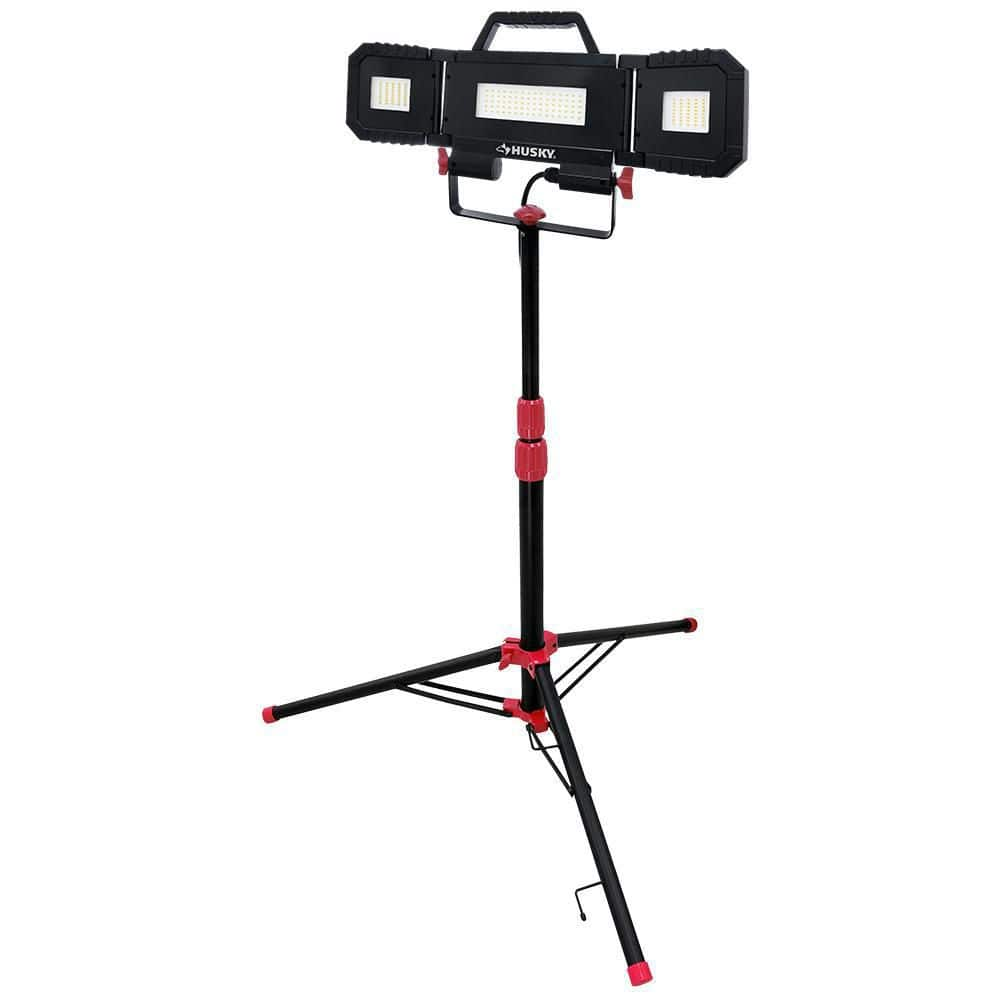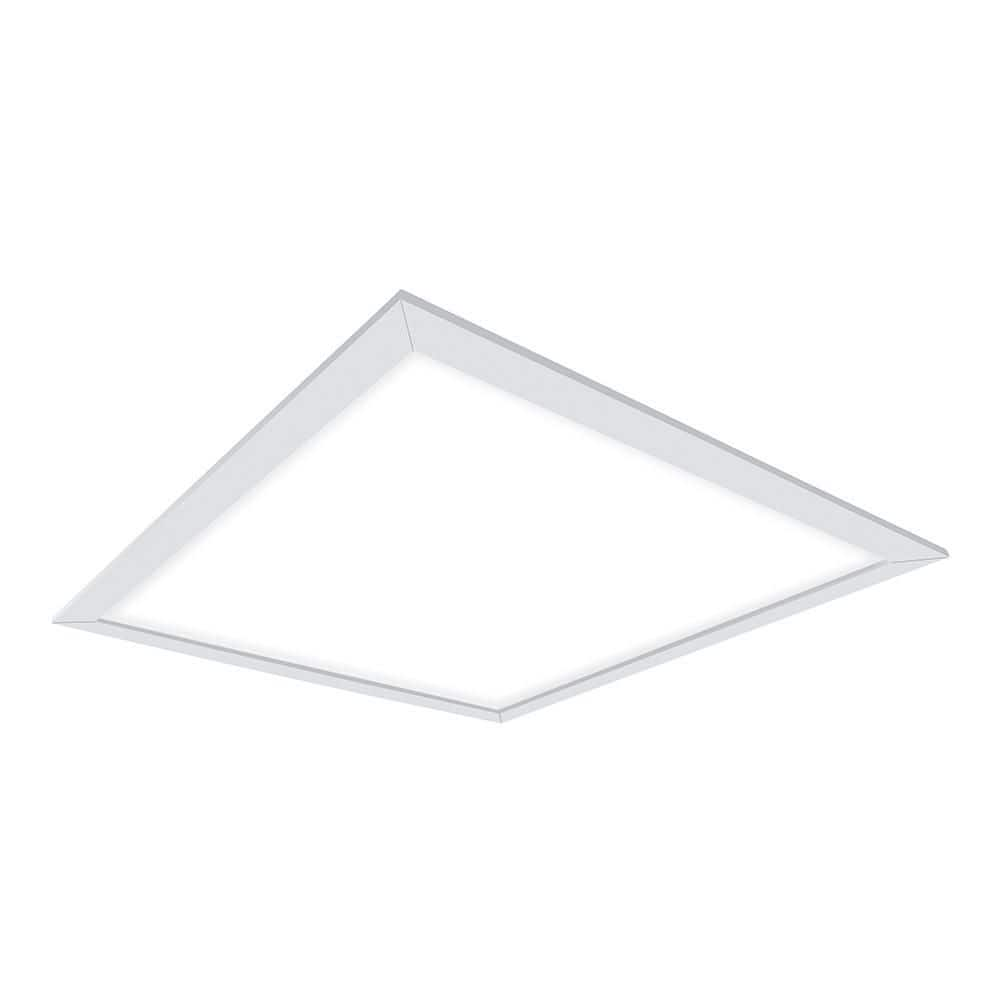Home Decorators Collection Fenceham 84 in. Brushed Nickel Ceiling Fan with Remote Control
Modern industrial ceiling fan for large indoor spaces. A DC motor is up to 70% more energy efficient than an AC motor. Includes remote control, downrod, easy slide-on mounting bracket.
Maintain optimal airflow in large areas with the 84 in. Fenceham Ceiling Fan by Home Decorators Collection. Powered by six metal blades, this brushed nickel ceiling fan accommodates a great room of 20 ft. x 20 ft. or larger with 8,914 CFMs. Perfect for lofts and commercial applications, this fan provides superior air movement. DC motor fans are 70% more energy efficient than AC motor fans (when comparing efficiency (CFM/W) of DC vs AC motors in published FTC Energy Guides for ceiling fans).
- 6-silver metal blades
- Decorative canopy ring and coupling cover are used to conceal any exposed screws
- Handheld remote with 9-speed control; includes battery
- Brushed nickel finish with industrial look and feel
- Designed for indoor use only
- Great room 20 ft. x 20 ft. with blade span of 84 in.
- 6 in. ceiling fan extension downrod with 3/4 in. in diameter
- Energy efficient DC motor with 9 speeds
- Slide-on hanger bracket for easy installation to junction box
- Lifetime motor warranty
- Fan must be mounted with a minimum of 10 ft. clearance from the trailing edge of the blades to the floor
Additional information
| Dimensions | H 13.8 in, W 84 in, D 84 in |
|---|---|
| Downrod Length (in.) | 4.5 |
| Fan Blade Length (in.) | 37.48 |
| Fan Blade Span (in.) | 84 |
| Fan Blade Width (in.) | 5.91 |
| Certifications and Listings | FCC Listed, FCC Listed, UL Listed |
| Manufacturer Warranty | Lifetime Motor Warranty |






by Tessie
Great fan that has a lot of different functions.
by Akasha
Confusing about direction change (has to be running) but otherwise perfect for our application.
by Steve
Bought 2 more making a total if 5 in the house. Excellent fans and super quiet and move a lot of air.
by Kenneth
Wish the blades were faster still moves air. Installed 2 in a pavilion. Both fans worked off the same remote.